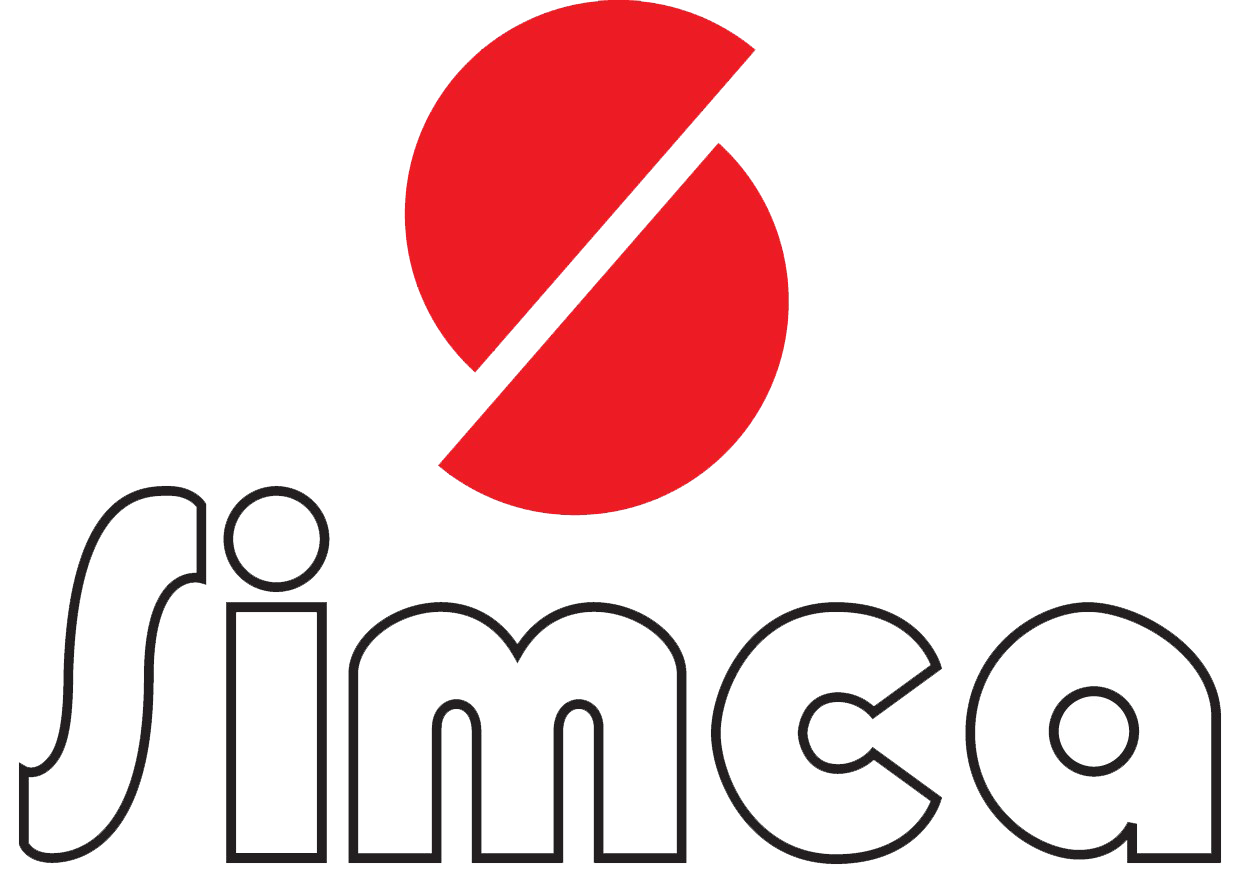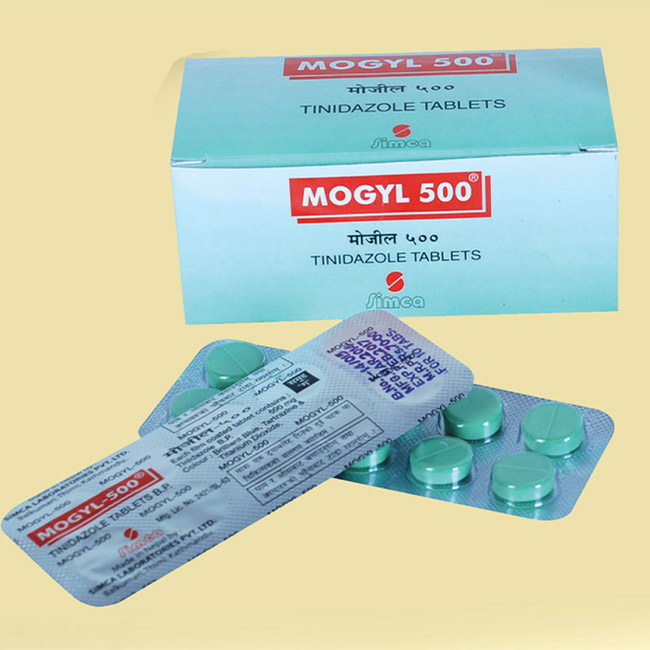Mogyl
Generic composition: Tinidazole
General Introduction
Mogyl contains active ingredient Tinidazole belonging to nitroimidazole group of anti-fungal agents. Tinidazole is active against a wide range of anaerobic bacteria and also protozoa.
Therapeutic category
- Anti-protozoal
Dosage forms available
- MOGYL 500mg Tablets
Mechanism of action
In anaerobic microorganisms, tinidazole is converted into an active form by reduction of its nitro group: this binds to DNA and prevents nucleic acid formation; it is bacteriostatic.
Pharmacokinetics
Tinidazole is well absorbed after either oral or rectal administration and distributed to achieve sufficient concentration to eradicate infection in liver, gut wall and pelvic tissues. It is eliminated in the urine, partly unchanged and partly as metabolites.
Uses
- Postsurgical infection, intra-abdominal infection and septicaemia
- Pseudomembraneous colitis.
- Trichomoniasis of the urogenital tract in both sexes.
- Amoebiasis (Entamoeba histolytica)
- Giardiasis (Giardia lamblia)
- Acute ulcerative gingivitis and dental infections (Fusobacterium spp)
- Anaerobic vaginosis (Gardnerella vaginalis)
Dose
Amoebiasis: 2 gm for 2-3 days or 500 mg twice daily for 5 days.
Giardiasis: 2 gm as single dose or 500 mg O.D for 7 days.
Anaerobic infections: Prophylactic 2 gm single dose before colorectal surgery: Therapeutic 2 gm followed by 0.5 gm BD for 5 days.
Children: 30-50 mg/kg/day.
Side effects
Nausea, vomiting, diarrhea, furred tongue and an unpleasant metallic taste in the mouth, rashes, urticaria and angioedema occur. Peripheral neuropathy occurs if treatment prolonged and epileptiform seizures if the dose is high.
Precautions
- Pregnancy
- Anticoagulants
- Avoid alcohol intake
Contraindications
- First trimester of pregnancy
- Blood dyscrasias
- Lactation
- Neurological disorder
Drug Interactions
- Disulfiram like reaction with alcohol
- Synergism with ampicillin, doxycycline and co-trimoxazole.


